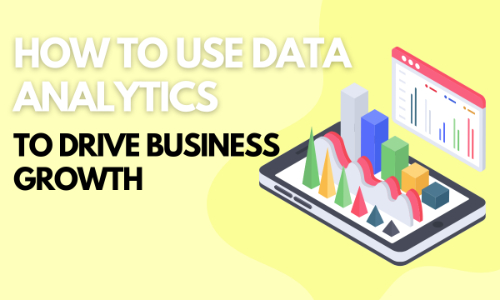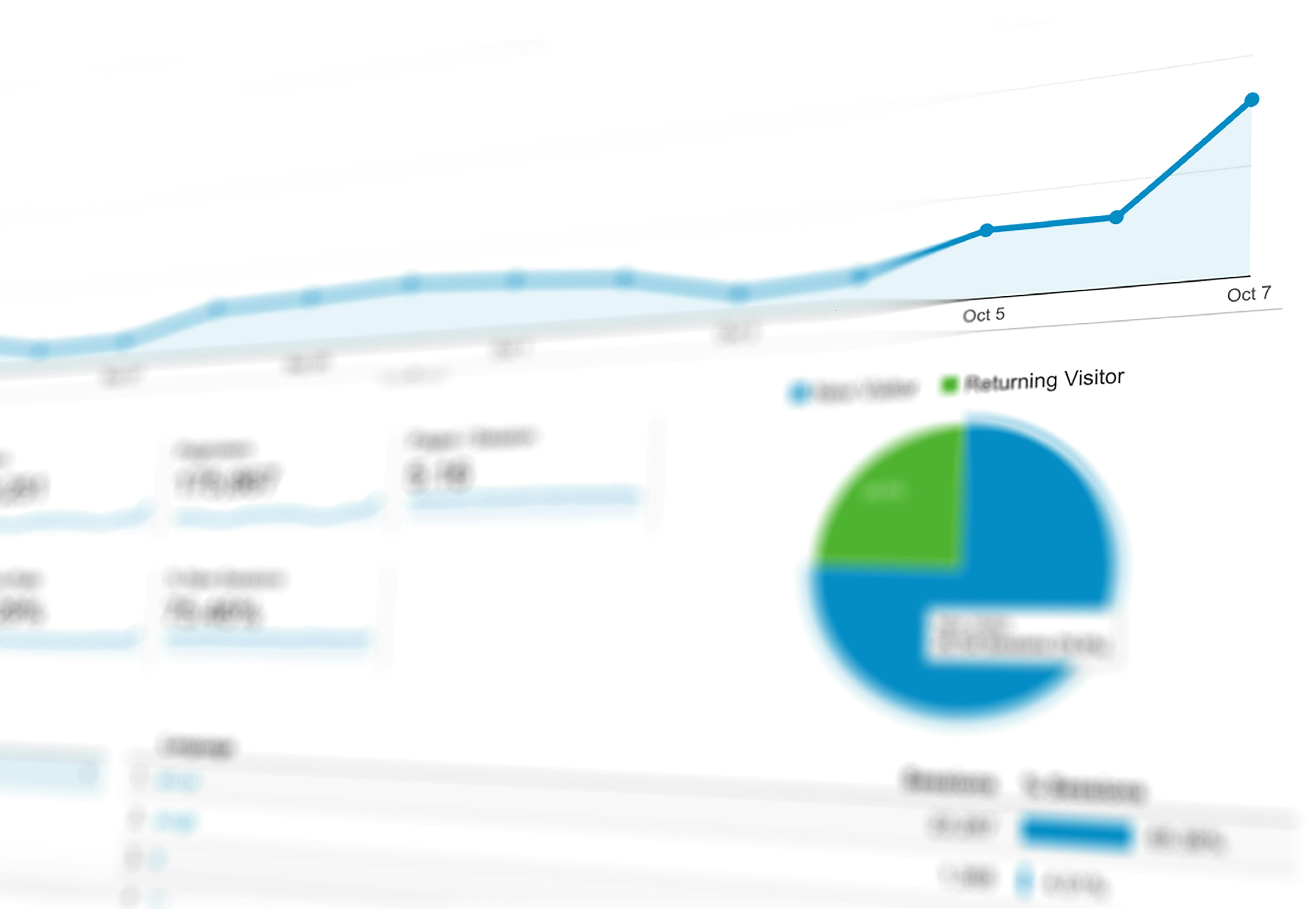


In today’s competitive business landscape, data analytics is a powerful tool that can drive business growth and give companies a significant edge. By understanding and leveraging data, businesses can make informed decisions, identify opportunities, and optimize their strategies for better results. Whether you're a small startup or an established enterprise, data analytics can provide valuable insights to scale your operations effectively.
In this article, we’ll explore how to use data analytics to boost business growth, including key techniques, strategies, and tools.
To start using data analytics effectively, identify the metrics that are most crucial to your business's success. These metrics may include sales revenue, customer acquisition cost (CAC), customer lifetime value (CLV), churn rate, or conversion rates. Focusing on the right data points will enable you to track your progress and pinpoint areas that need improvement.
| Tip: Use KPIs (Key Performance Indicators) that align with your business goals to measure and analyze performance. |
One of the most valuable assets a business has is its customer data. Analyze customer behavior, preferences, and buying patterns to identify trends and preferences. This can help you segment your target audience, personalize marketing efforts, and increase customer retention.

Example: Use customer feedback surveys and website analytics to gather insights on what drives conversions and what factors lead to customer drop-offs.
Data analytics can greatly enhance your marketing efforts by identifying what works and what doesn’t. Track metrics like click-through rates (CTR), return on investment (ROI), and social media engagement to determine the effectiveness of your campaigns. Use A/B testing to find out which strategies generate the best results.
| Tip: Platforms like Google Analytics and social media analytics tools can help you monitor campaign performance and refine your approach. |
Predictive analytics uses historical data, machine learning, and algorithms to forecast future trends. This can be incredibly beneficial for inventory management, predicting sales, and anticipating customer needs. Implement predictive analytics to identify potential opportunities and make proactive decisions.

Example: Use predictive analysis tools to forecast seasonal sales trends, allowing you to plan marketing campaigns accordingly.
Data analytics isn't just for marketing; it can also streamline your internal operations. Use data to analyze supply chain efficiency, employee productivity, and project timelines. Identifying inefficiencies allows you to address them, leading to faster turnaround times and improved overall efficiency.
| Tip: Employ project management tools with integrated analytics to track project progress and optimize workflow. |
Choosing the right analytics tools is crucial to extracting actionable insights. Look for software that offers comprehensive dashboards, visualization features, and predictive analytics. Ensure the tools you choose are scalable to grow with your business.
Popular Data Analytics Tools:

The real power of data analytics lies in making informed decisions based on factual data rather than intuition. Create a culture of data-driven decision-making in your organization by training employees to analyze and interpret data. Encourage the use of data reports during strategy meetings and ensure key decisions are backed by accurate data.
Once you have a data analytics strategy in place, it’s crucial to continuously monitor performance. Regularly review your metrics, adjust strategies as needed, and look for scaling opportunities. As your business grows, your data analytics needs may evolve, so it’s important to stay adaptable.
| Tip: Set up automated data reports to track KPIs and monitor trends regularly. |
Data analytics is not just a trend; it’s a necessity for any business aiming for sustainable growth. By focusing on key metrics, understanding your customer base, optimizing your marketing, and making informed decisions, you can take your business to the next level. Start by investing in the right tools and fostering a data-driven culture.
Ready to transform your business with data-driven project management? Try Prolync today and experience a seamless, analytics-powered solution for managing your projects and driving business success.